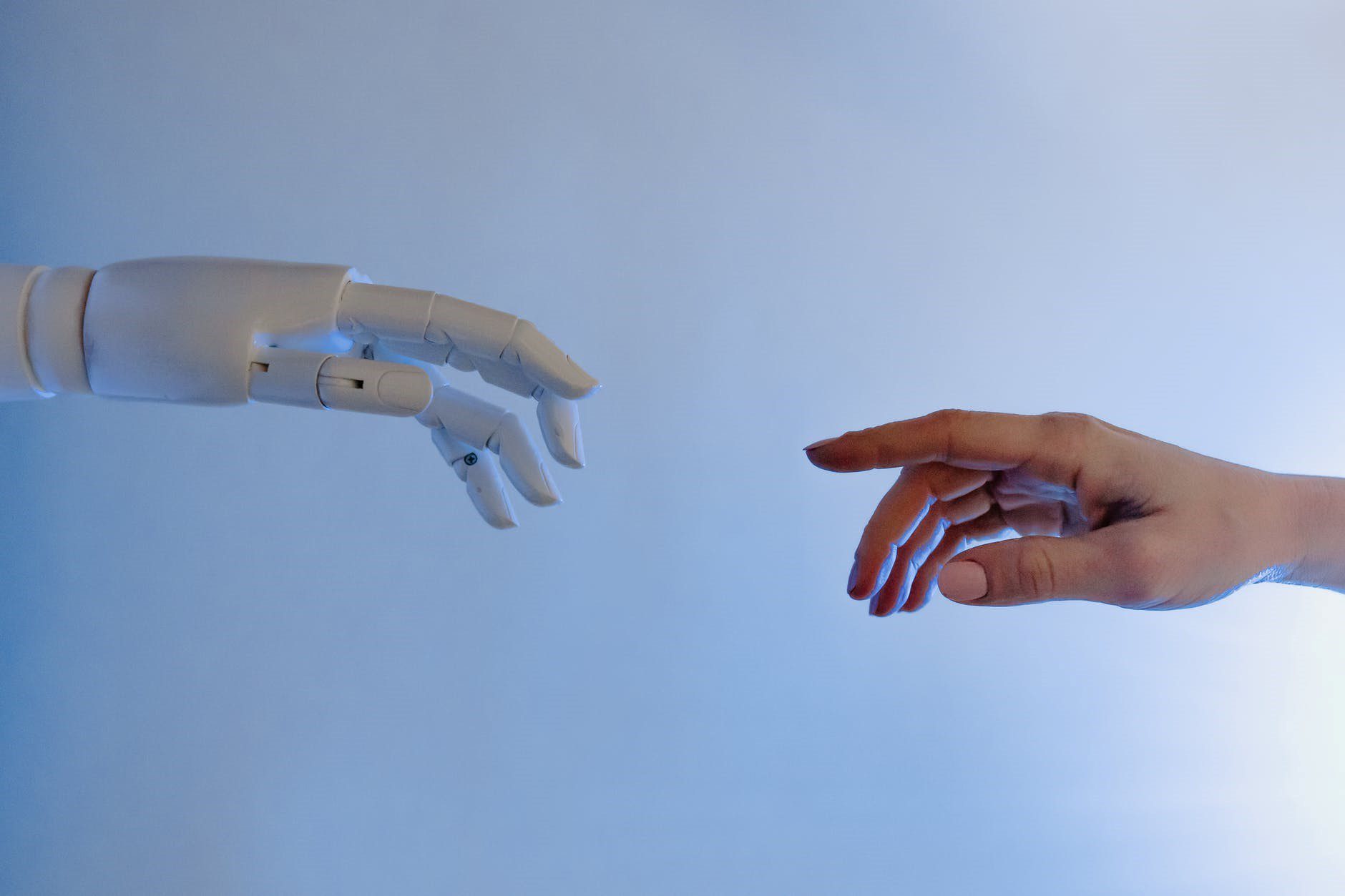

Just as artificial intelligence (AI) is changing the world for the better, making people’s lives easier, it is also improving education. Analysts even predict that the incorporation of artificial intelligence in the education sector in some countries will grow by as much as 47% during the 2017 – 2022 period.
Before we see why AI and education make a perfect match, let’s first look at what artificial intelligence is, the types that exist, and its main fields of application.
What is artificial intelligence?
Artificial intelligence refers to machines or computer systems to complete specific tasks that a human would typically do. The idea is to program a computer to be able to learn and repeat actions automatically.
Thus, AI complements human interaction and is not a substitute; skills such as creativity, intuition, adaptability, and innovation remain indispensable for success.
Types of artificial intelligence:
Now, types of artificial intelligence can come in different forms, but they can be broadly separated into two groups: weak and strong.
Weak artificial intelligence refers to the ability of computers to duplicate information processing based on perception and experience but focusing on a specific area. It can potentially automate tasks that are time-consuming for humans and analyze data with greater accuracy and depth.
Strong artificial intelligence can be linked to Jarvis (Mr. Stark’s assistant in Iron Man). Although the comparison is somewhat fictional, that’s what it’s all about: AI that tries to emulate human intelligence completely, the ability to reason, plan, learn, communicate or make value judgments.
To complete the comparison, weak AI requires human intervention, while strong AI does not.
Applications of AI
Artificial intelligence applications in day-to-day life are countless, so let’s review some of the most common ones.
In marketing strategies, it is very typical to find it. Streaming platforms such as Netflix or Amazon Prime show us recommendations of series and movies based on preference patterns. Banking has also adopted AI systems to offer us better service and protect us from fraud.
It is also applied in sectors such as agriculture, allowing us to reduce costs and achieve better harvests, or in health, helping doctors to make better decisions. It is also happening in the home environment, where voice interaction is a fundamental element in performing everyday tasks.
Let’s see, then, how the use of artificial intelligence in education works.
How can artificial intelligence be applied in education?
AI complements the education sector because it tailors and personalizes education, creates unique profiles. Automates assessment and evaluation offers new and intelligent tutoring systems and even provides college writing help. Let’s review some examples.
Duolingo is an app that allows you to learn dozens of languages, whose mission is to make language learning accessible to everyone. Artificial intelligence in Duolingo starts from the initial tests applied to the student to determine what level he should begin. It is based on the thousands of behaviors of other students who use the platform, i.e., based on the correct answers of users in the tests and on future performance.
Microsoft Math Solver is an app that helps solve arithmetical equations using artificial intelligence. Students can type the problem on the screen or even take a picture of it, after which Microsoft Math Solver examines it based on thousands of equations and solutions to arrive at the result. This app is so complete that it even offers a step-by-step explanation to understand the solution better.
Brainly is a kind of social network that connects millions of people interested in knowledge. This application aims to unite students and teachers from all over the world in one place to contribute to education, study, and skills development. The platform has thousands of mediators maintained by machine learning to clean spam and low-quality content, thus contributing to better service for students.
BlaBla is an innovative way to learn and teach English through an application that integrates artificial intelligence. BlaBla’s technology stands out for its voice recognition, scene recognition, a personalized recommendation system, and a unique profile according to the user’s preferences.
As you can see, artificial intelligence in education helps both teachers and learners, thus creating a digital symbiosis whose advantages turn into a more personalized, entertaining, and optimized experience.